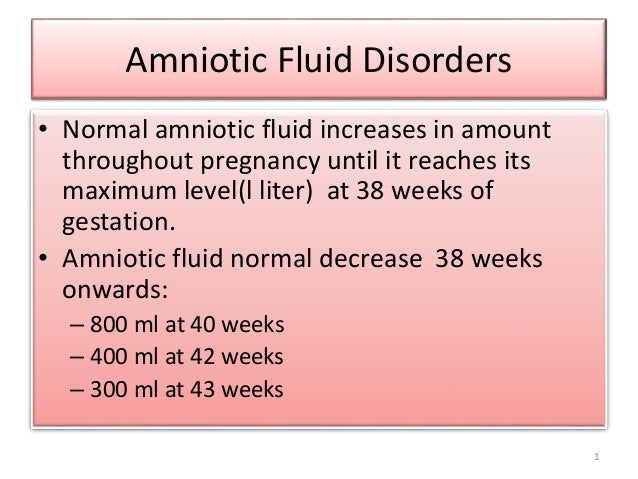

You lose a large amount of amniotic fluid. The sac is made of a thin but strong membrane that keeps the fluid from leaking out. This may be a sign the baby has passed stool in the uterus, which may cause breathing complications in the baby at birth. The fluid and the baby are inside a sac called the amniotic sac. A constant feeling of wetness in your underwear. The discharge of cervical fluid is brownish yellow or green-tinged. Most importantly if you have any problems in determining whether your water has broken, contact your healthcare provider. Recognizing the Symptoms of an Amniotic Fluid Leak A sudden gush or a slow trickle of fluid from your vagina. Water breaking is necessary for the process of delivery to begin. Your water usually when breaks when you have reached 39 weeks of your pregnancy. The doctor can also induce labor to prevent infection. If the water breaks but labor doesn’t progress the doctor might give antibiotics to prevent the spread of infection. When the water breaks but contractions haven’t started within 24 hours of leakage – if the water leaks before the delivery, there is a chance of infection that can be harmful for the baby. In such a case the doctor will check the condition of the baby and then take a decision.

When the amniotic fluid smells foul, looks greenish or brownish or contains lots of blood – this indicates that the fetus has passed first bowel movement.

If the water breaks before 37 weeks of pregnancy – this stage is called premature rupture of the membranes (PROM), the doctor might delay labor to give more time to the baby in womb to fully develop. If discharge smells like urine, it is likely due to this increased pressure. Sometimes, the baby can severely increase the pressure on the bladder, causing some urine leakage. When your bag of waters (amniotic sac) breaks, amniotic fluid will leak from your vagina. Amniotic fluid is the clear liquid that surrounds a developing fetus in the mother’s womb. However a pregnant woman should proceed towards the hospital in the following circumstances: 1. Fluid leaking from the vagina may be a sign that labour is starting. Symptoms include fever, uterine tenderness, foul-smelling amniotic fluid, purulent cervical discharge, and maternal or fetal tachycardia. It happens when bacteria (germs) from your vagina (birth canal) get into your uterus. Vaginal bacterial infection And because pregnancy is never simple, yellow discharge during pregnancy can also be the sign of an infection, especially if it’s accompanied by a strong smell. Infection increases risk of obstetric complications and problems in the fetus and neonate. An intra-amniotic infection is an infection of the amniotic fluid or sac. And amniotic fluid can also be green or brown, although this is only usually the case if baby has pooped in the womb yup, that can happen, too. Measures to be taken when water breaks When one experiences signs of water breaking immediately check in with the doctor or midwife. Intraamniotic infection is infection of the chorion, amnion, amniotic fluid, placenta, or a combination.


 0 kommentar(er)
0 kommentar(er)
